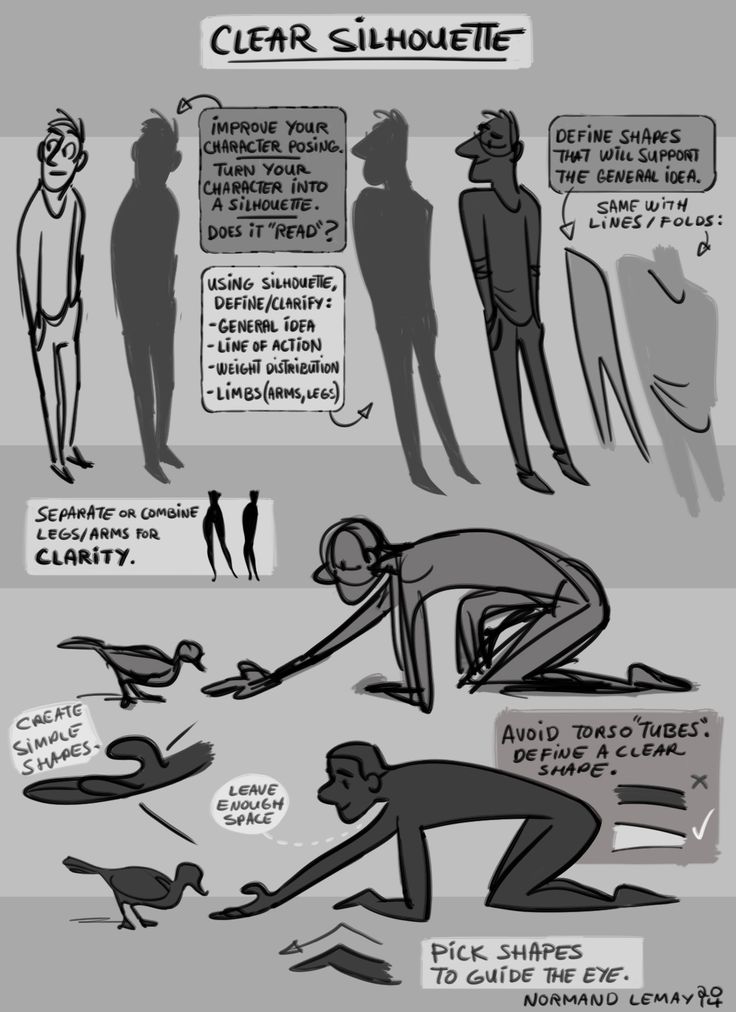
In animation, the significance of well-executed poses cannot be overstated. Posing is the foundation upon which character expression, emotion, and storytelling are built. A carefully crafted pose communicates the essence of a character’s personality and intentions, providing vital visual cues to the audience.
AnimSchool instructor Aleksander Kolev explains how to find appealing poses, and how they can be used effectively in your shots.
Asymmetry
Having both asymmetry in the face and body will keep your poses interesting. Depending on how realistic or unrealistic your shot is, you can push and pull exaggeration in certain places to create asymmetry. This can include subtle changes like raising an eyebrow and tilting a hip, or more extreme changes like stretching the eyes and head.

Aleksander also mentions that he uses > and < as a guide to dictate directional poses, such as where a character is looking. For instance, if a character looks to the left, the facial features and head will be positioned so that implied angles form in a > shape to drive the character’s action. (See pink draw-over lines below)
Shapes
Shapes help to define and simplify poses. While it may seem like more of a 2D concept, thinking with shapes can be helpful to create contrast throughout different poses, in both 2D and 3D. Aleksander shows an example of a scene he worked on from Hotel Transylvania, in which a round mummy character, Murray, dances. He explains how he pushed the stretching and squashing of the character to imitate vase-like shapes, and posed the arms in such a way to create flow throughout the form.

Line of Action
The line of action is the most general line of flow through a character’s body. It helps to focus the audience’s attention, give the character energy and flow, and clarify the character’s pose. Tom and Jerry offers some great examples of utilizing the line of action to depict how energy is transferred with clear posing and action.

Silhouettes
Silhouettes are essential in defining a clear idea of who the character is and what they are doing. When the audience can identify the character and action just from looking at the blacked out shape, it means you have a good pose. Oftentimes silhouettes can be simplified into a general shape that defines the flow and overall form, but more complex and less cartoony animations may result in more complex silhouettes as well. Watch out for tangents as poses and silhouettes get more complex with overlapping objects! Keeping readability in mind is key for crafting any pose.

Watch the full excerpt from a live AnimSchool lecture below:
At AnimSchool, we teach students who want to make 3D characters move and act. Our instructors are professionals at film and game animation studios like Dreamworks, Pixar, Sony Pictures, Blizzard & Disney. Get LIVE feedback on your Animation from the pros.
Learn more at https://animschool.edu/



Leave a Reply